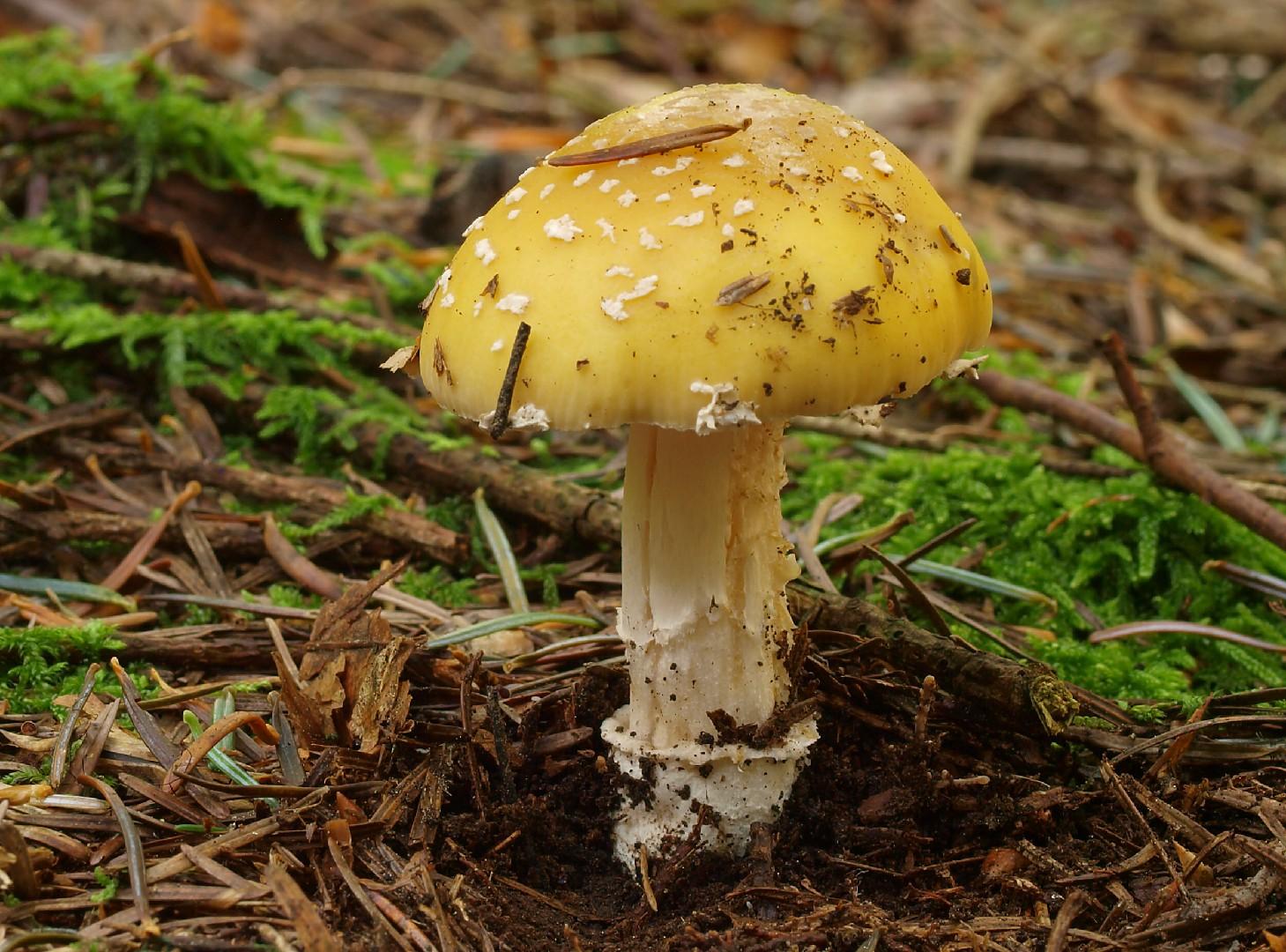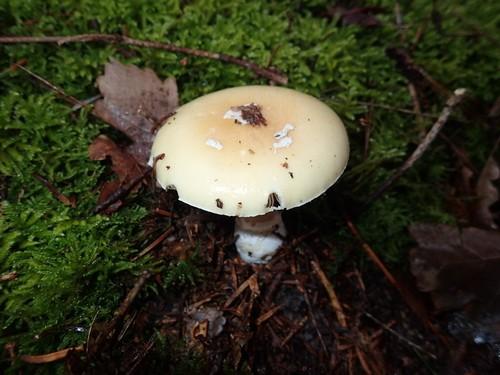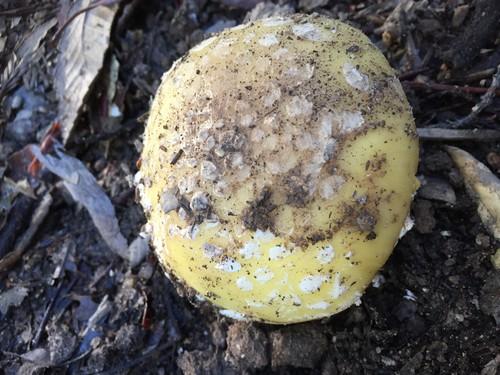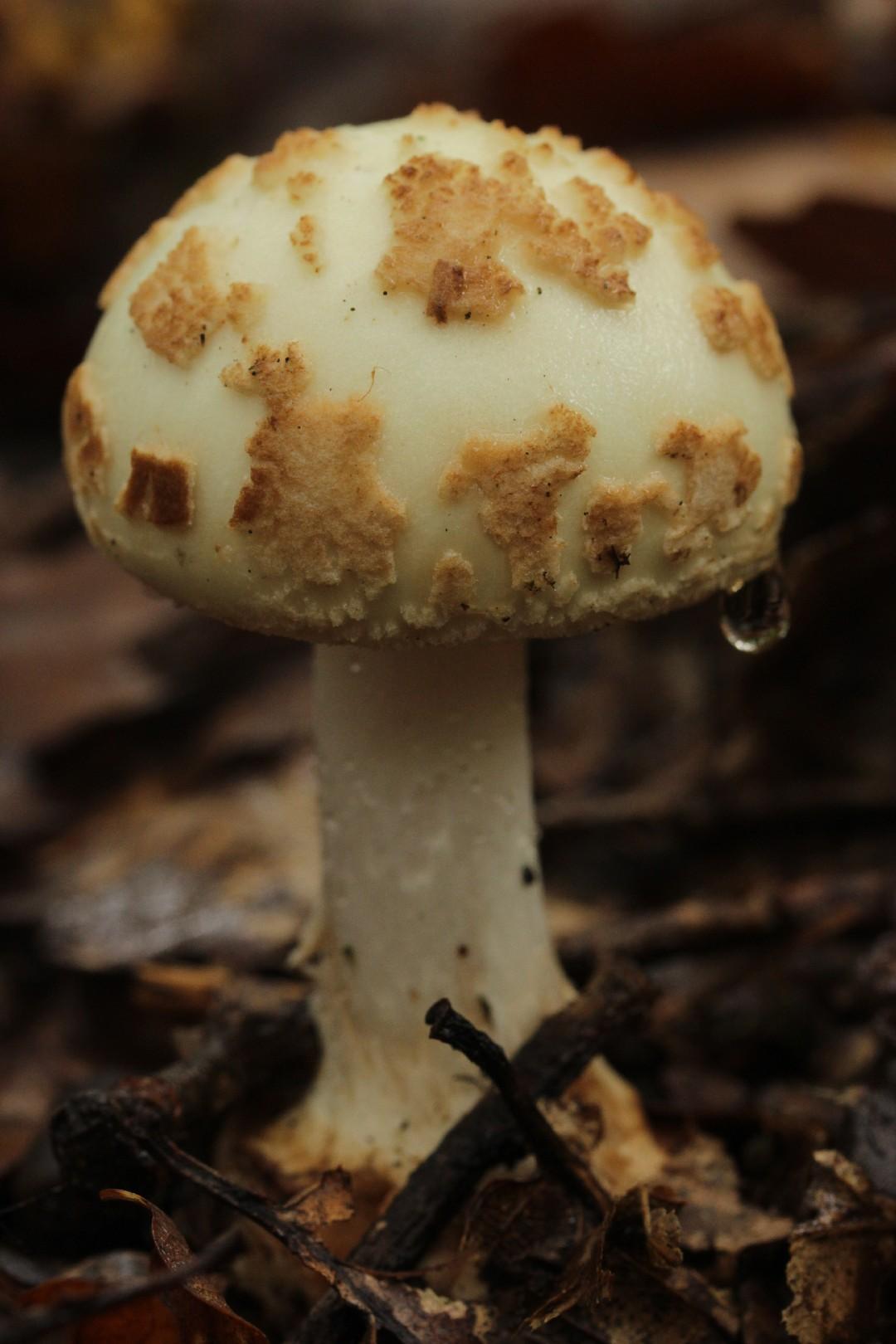



Gemmed amanita
Amanita gemmata
A species of Amanita mushrooms. Also known as Jonquil amanita.
This poisonous mushroom, often mistaken for edible varieties, thrives in temperate regions across the northern hemisphere. It typically emerges during the summer and autumn months, favoring areas near pine trees in landscaped settings or within mixed hardwood-conifer forests. Ingesting the gemmed amanita, as this toxic fungus is known, can lead to severe symptoms including muscle tremors and significant gastric distress.
Attributes of Gemmed amanita
Scientific Classification of Gemmed amanita
Toxicity and Edibility of Gemmed amanita
Is Gemmed amanita Toxic?
Ingesting the gemmed amanita is widely recognized for its neurotoxic properties, which can induce a range of symptoms from mydriasis and abdominal discomfort to potentially life-threatening conditions like convulsions, drastic heart rate changes, or even cardiac arrest. Given its inherent toxicity and the potential for adverse health effects, consumption of gemmed amanita is strongly discouraged.


